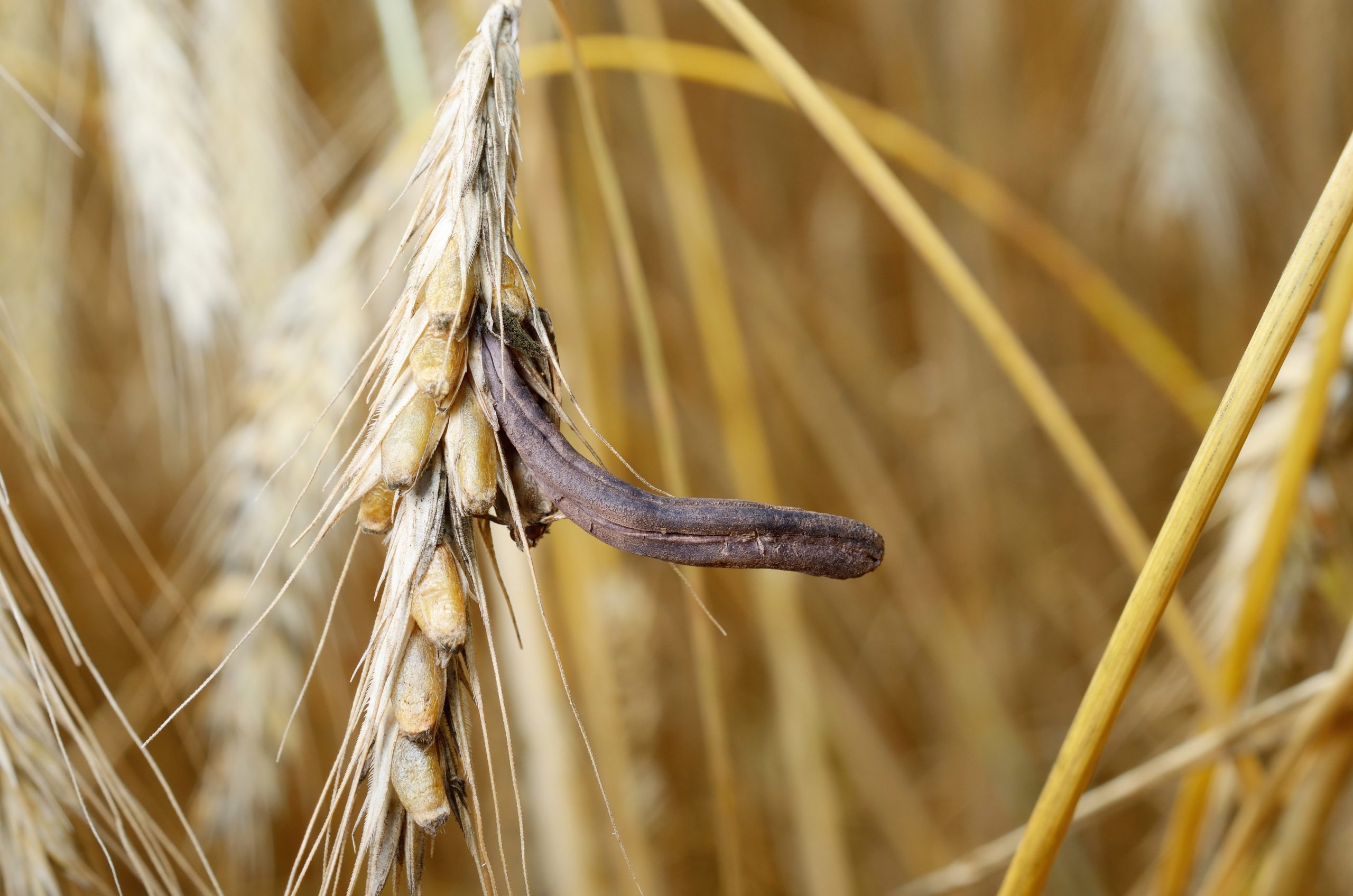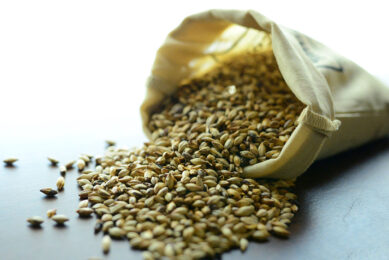Is there a link between ulcers and mycotoxins?

Dutch feed company De Heus is planning to conduct further research in sows to learn more about the relationship between stomach ulcers and the presence of mycotoxins.
This has been initiated after De Heus was asked to advice in a case where a Dutch sow farmer had problems in the herd with. His sows were not eating well and were restless. It was shown that the many animals had stomach ulcers and high levels of mycotoxins were present in the blood of the sows. This spiked the attention to further delve into this.
Ulcers detected by enzyme in blood
Ulcers come in varying degrees in both sows and finishing pigs. In severe forms of the disease, the pigs experience vomiting or not eating. Animals can also bleed in the stomach. This is why Denmark will start screening this, as of 2018. This national screening project is set up by Seges VSP. These stomach ulcers can be detected by section or in the slaughterhouse, but can also be detected by measuring the enzyme pepsinogen levels in the blood. This enzyme occurs naturally in the stomach. When there is a sever ulcer, the enzyme can also be found in the blood. High blood levels of this enzyme are indicative of severe ulcers.
Keep up to date: Find out here all you need to know about mycotoxins, regulations for mycotoxins and much more!
Piglets born with black tails
In the case of the Dutch farmer who was seeing problems in the herd, high levels of pepsinogen was found in the blood of non-eating sows in farrowing unit. The sows were restless and the piglets were born with black tails. Further investigation revealed the presence of high blood levels of mycotoxins (T-2 / HT-2).
Using cleaned grain
De Heus recommended to feed the sows a diet with cleaned grains. After a few weeks, the levels of the mycotoxins in the blood were reduced. Also the feed intake of the sows in the farrowing unit was fully recovered. Based on these findings of this particular case, the veterinarian of De Heus sees enough potential to do additional studies in the possible link between reduced feed intake/presence of ulcers and the mycotoxin load in the feed.
Source: De Heus
Join 26,000+ subscribers
Subscribe to our newsletter to stay updated about all the need-to-know content in the feed sector, three times a week. Beheer
Beheer









 WP Admin
WP Admin  Bewerk bericht
Bewerk bericht